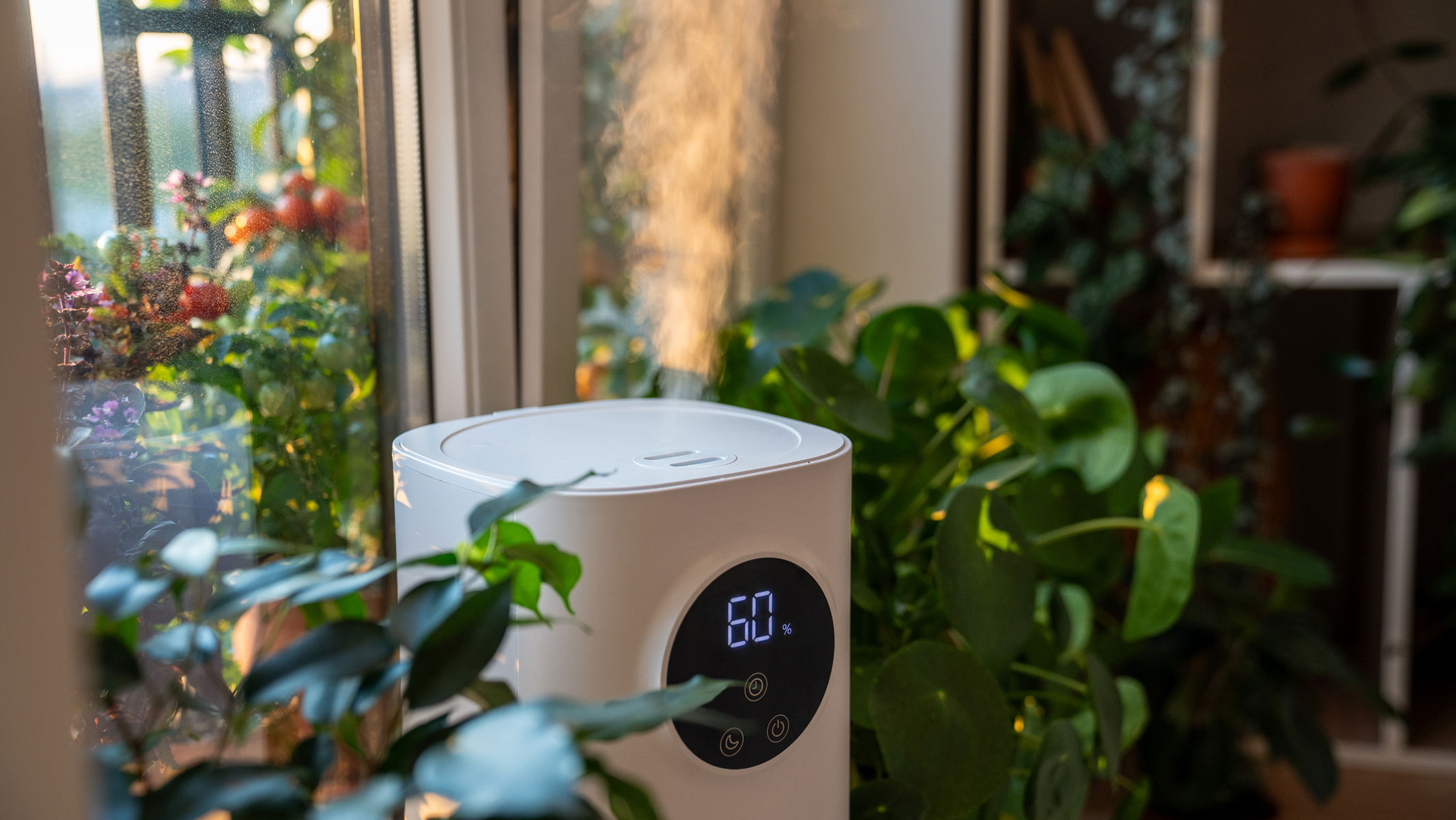
If you want to improve the air quality in your home, you may be wondering what the difference is between an air purifier and a humidifier. Both can help ease uncomfortable respiratory symptoms, but how do they work? And is one better than the other for managing conditions like asthma and allergies?
Straight out of the box, air purifiers and humidifiers may look very similar, but they could not be more different inside. One works to remove pollutants in the air, the other to add extra moisture, and so soothe irritation caused by dry air.
Most air purifiers work by sucking air through the machine, where it passes through a series of filters that trap tiny airborne particles. Once the air is cleaned, it is blown back out into the room. The majority of the best air purifiers on the market are equipped with a High Efficiency Particulate Air (HEPA) filter, and according to the U.S. Environmental Protection Agency, these filters can remove at least 99.97% of particles as small as 0.3 microns. This means they can get rid of common airborne irritants and allergens, such as dust, pollen, pet dander and mold spores.
Humidifiers, on the other hand, work by adding moisture to the air in a room. The machine draws water from a reservoir inside the device, which it pulls through and transforms into a fine mist that is expelled from the machine. Systems can boil water and transform it into steam, use a fan to blow water vapor into the air, or even use ultrasonic technology to vibrate water droplets. The fine water particles then spread through the air, raising the relative humidity level.
- Related: How well do air purifiers work?
Air purifiers and humidifiers can both affect our respiratory health, but in vastly different ways. The former can be a useful tool for managing the symptoms of airborne allergies and asthma, simply by removing the factors that trigger them in the first place. When it comes to humidifiers, the health implications are slightly more complex.
"Humidifiers can help alleviate symptoms for some people with asthma or allergies, but how effective they are can vary depending on individual and environmental conditions," Dr. Payel Gupta, an assistant professor at New York's SUNY Downstate Medical Center and a national spokesperson for the American Lung Association, told Live Science by email.
Increasing humidity can help ease breathing by soothing dry airways, clearing nasal passages and providing relief from sinus pressure, Gupta said. That is because moisture in the air affects the properties of the mucus that lines our respiratory system — our first line of defense against airborne pathogens and irritants.
When the air humidity is too low, that mucus loses its “stickiness” and integrity. This in turn can irritate the airways and help these airborne invaders break through and attack our bodies, according to a review published May 2023 in the International Journal of Molecular Sciences.
On the other hand, too much moisture in the air is not helpful, either. "Excessive humidity can promote mold growth and dust mites, potentially exacerbating symptoms of asthma and allergies for some individuals. It is important to maintain humidity levels between 30 and 50%," Gupta said.
It is also worth noting that the sensation of breathing “dry air” may not be entirely down to low humidity. According to a review published Dec. 2018 in the journal Environment International, some people get a similar sensation from inhaling air pollutants. The elderly, those with nasal diseases and individuals taking certain medications may also have an exacerbated perception of breathing dry air. In such cases, even some of the best humidifiers may not offer sufficient relief from unpleasant respiratory symptoms.
To sum up, both air purifiers and humidifiers can offer certain benefits to those with asthma and allergies — but each in their own way. If you are unsure which device is best for you, you may want to consult a healthcare professional.
This article is for informational purposes only and is not meant to offer medical advice.







